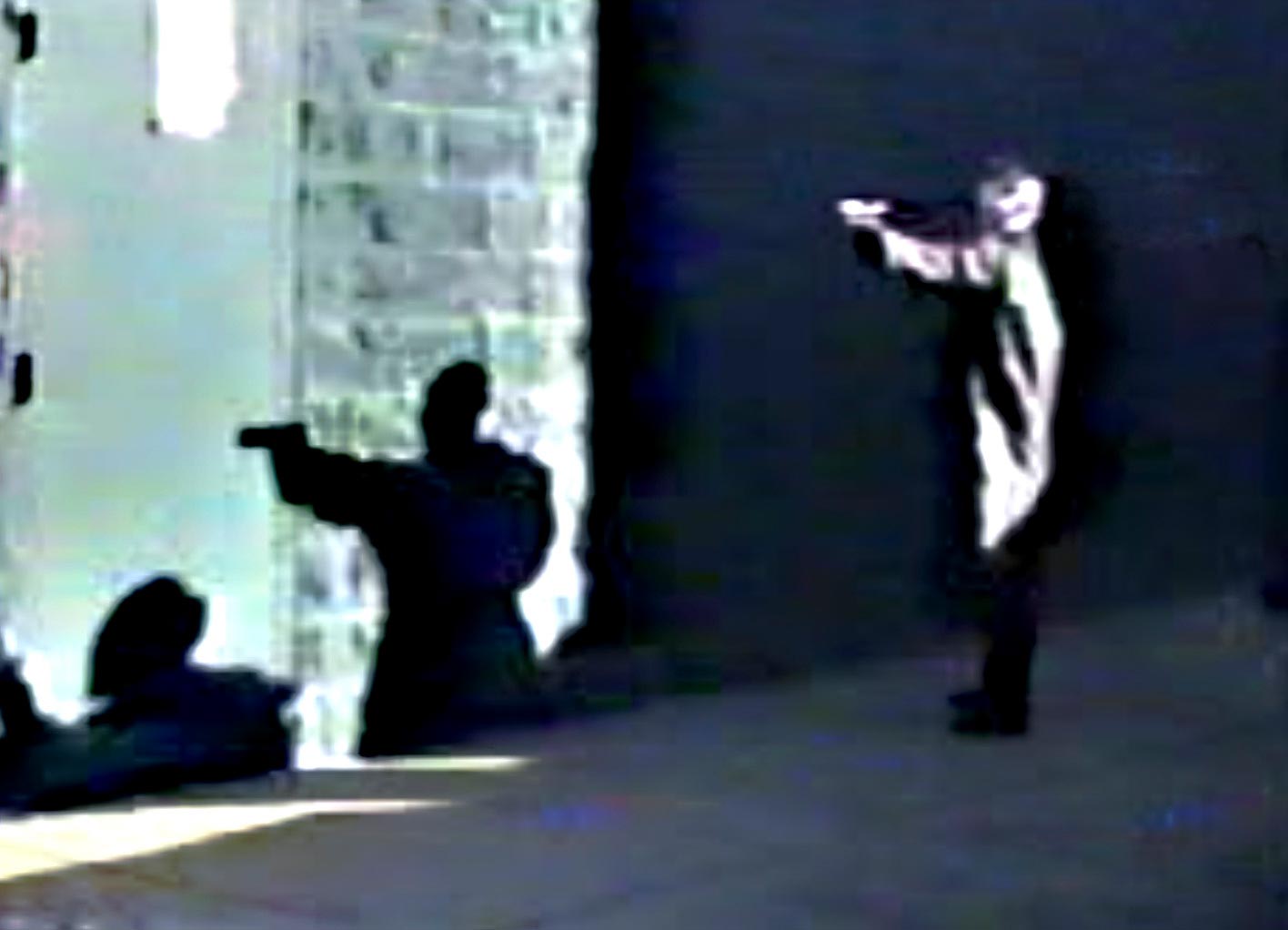Inside the hidden archives of America's mass shootings
- Text by Andres Gonzalez
- Photography by Andres Gonzalez

On 14 December, 2012, Adam Lanza walked into Sandy Hook Elementary School in Newtown, Connecticut, and shot and killed 26 people, most of them under the age of seven, before killing himself.
Two weeks earlier, I had just returned to the US after living in Istanbul for six years.
Having recently published my first monograph of photographs from far-flung locations, I felt like it was time to try and interpret my own home.


Then came Sandy Hook. I remember the day acutely, the complicated emotions of transition and tragedy embedding themselves in my soul.
Over the following year I thought seriously about the cloud that hangs over this country and how I could explore it as a visual storyteller.
I started visiting sites of mass shootings – from Columbine to Sandy Hook – in a bid to understand the cycle of violence overwhelming America.

Commemorative balloons released into the sky.
You might like

Largest-Ever Display of UK AIDS Memorial Quilt Opens at Tate Modern
Grief Made Visible — Comprising hundreds of panels made by lovers, friends and chosen family, the UK AIDS Memorial Quilt returns in full for the first time since 1994 – a testament to grief, friendship and the ongoing fight against HIV stigma.
Written by: Ella Glossop

Green Day’s Billie Joe Armstrong tells ICE to “fuck off” in LA protest video
Saviors — The singer shared the post on Sunday, featuring the band’s recently released song ‘Fuck Off’ as its soundtrack.
Written by: Isaac Muk

Yaya Bey: “Capitalism is exploitation, period”
do it afraid — Ahead of the release of her second 18-track odyssey in just over a single year, we caught up with the prolific singer, discussing the pitfalls of the music industry, European ‘voyeurism’ framing her previous album and breaking narratives set upon her by others.
Written by: Isaac Muk

In Medellín’s alleys and side streets, football’s founding spirit shines
Street Spirit — Granted two weeks of unfettered access, photographer Tom Ringsby captures the warmth and DIY essence of the Colombian city’s grassroots street football scene.
Written by: Isaac Muk

A new book explores Tupac’s revolutionary politics and activism
Words For My Comrades — Penned by Dean Van Nguyen, the cultural history encompasses interviews with those who knew the rapper well, while exploring his parents’ anti-capitalist influence.
Written by: Isaac Muk

We are all Mia Khalifa
How humour, therapy and community help Huck's latest cover star control her narrative.
Written by: Alya Mooro

